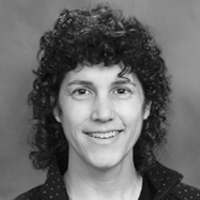ATP Certification
Now the ATP certification, or assistive technology professional, is a certification offered through RESNA. It is designed to demonstrate a basic level of competence in this practice area. Currently, over 4,000 people hold this certification, and this series of courses includes information to help people, interested in this certification, to prepare for the examination. Before sitting for this certification, the candidate, or an occupational therapist with a Bachelor's and Master's degree, has to fulfill specific prerequisites; about a thousand hours of work experience is required over six years. There is more information on their website, and I have listed the link here about specific eligibility requirements.
HAAT Service Delivery Model
One of the topics covered by this examination is the subject of access. In our previous course in this series, we talked about assessment. A great deal of that assessment course went into depth about the HAAT service delivery model. The HAAT model was originally proposed in the Assistive Technology book by Cook and Hussy. Under the HAAT model, we have the Human Technology Interface. This is something that is addressed quite a bit on the examination.
Under the Human Technology Interface is something called the input device, or control interface. It provides input to the AT device, or provides control of the AT device. Therefore, when we say "access methods" per the HAAT model, this is referred to as either the input device or the control interface. Again, just try to remember that this provides input to that assistive technology device, or controls a system technology device.
Access Methods
In Figure 1, this young man is using a switch to provide input to a switch-adapted radio.
Figure 1. Switch adapted radio.
There are a variety of access methods that are available, and this is important, because this allows us to match the most appropriate access method to an individual's unique skill sets. These access methods include: direct, mouse, joystick, eye gaze, voice, and switch. To present these various access methods, we are going to do so by assistive technology device. Now, many of these devices are covered in more depth later in this series. What we are going to focus on in this particular course, is the access method itself. We will go into more detail in terms of the applications of that access method in those assistive technology specific modules.
